What Makes Catacomb Crawlers Worth Playing
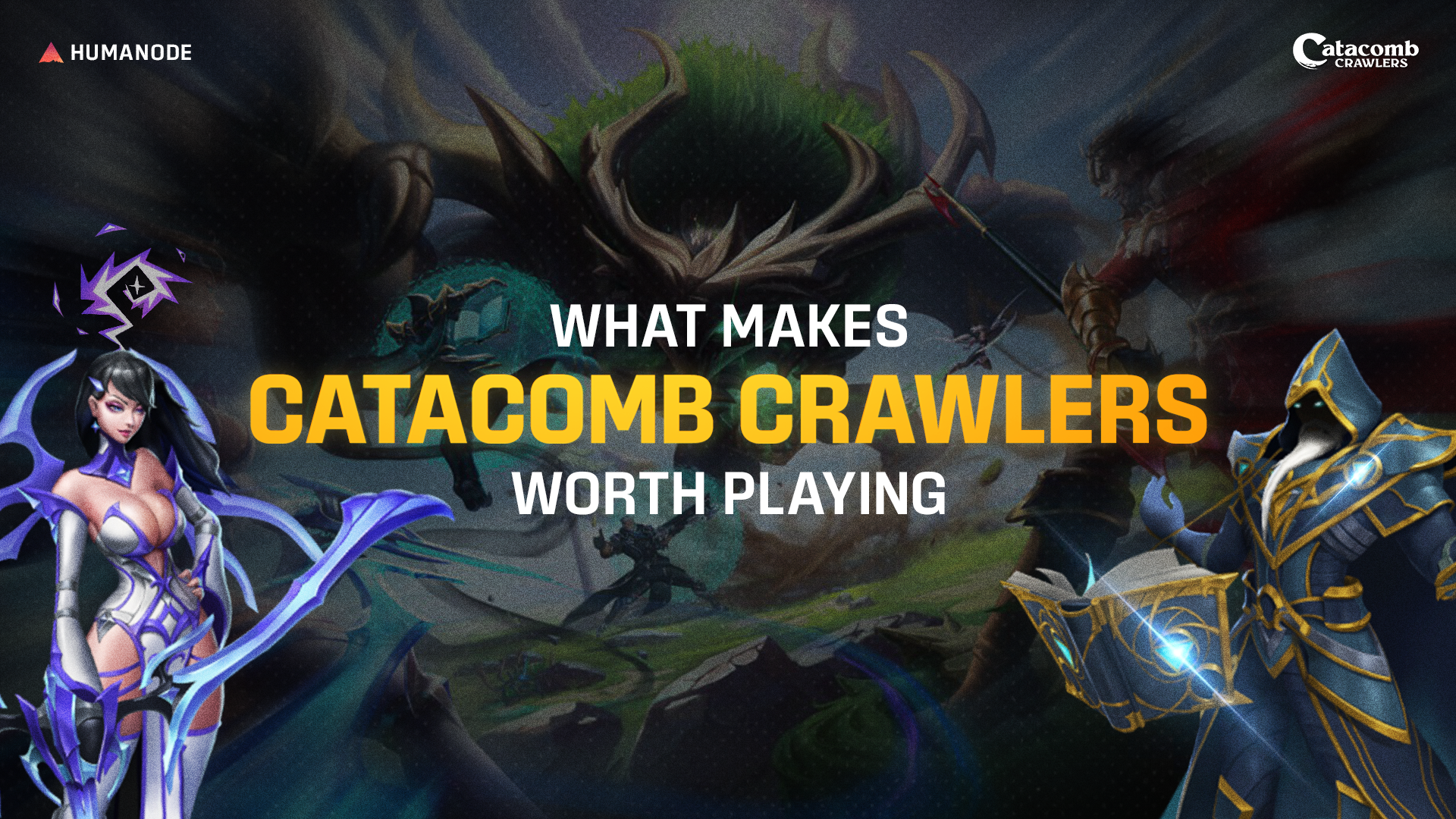
Over the past few weeks, we’ve been talking a lot about Catacomb Crawlers, its upcoming launch, the hybrid round, and whatnot.
But let’s get to what really matters: the game itself.
At its heart, it’s a roguelike survival that throws you into a series of catacombs, each deadlier and more unpredictable than the last.
If you’ve ever lost an entire night to Hades or Vampire Survivors, you already know the feeling this game is chasing.That moment when you swear you’ll stop after one more run… and it’s suddenly 3 a.m.
That’s the loop.You drop into a dungeon, no fancy intros, no holding your hand, and it’s just you, your weapon, and a mess of things that want you dead.
You clear one stage, then another. Lighting flickers across the dungeon, enemies swarm in unpredictable patterns, and the rhythm of each encounter keeps you on edge. You feel every dodge, strike, and near miss.
Then you die.
You start again.
And somehow, you want to.
Every run is do-or-die: one mistake, you start over; one perfect combo, you climb higher.
But unlike most roguelikes, Catacomb Crawlers connect every run to a bigger competitive journey. Each map you clear, every piece of loot you grab, every minute you survive feeds into a live leaderboard that measures your growth against everyone else.
Short sessions fit a commute. Long grinds eat your night. Either way, progress feels earned.
That’s because the people behind it, Emeroth Studio, aren’t first-timers. They’ve built worlds before: League of Legends, Valorant, Final Fantasy, Heroes of Newerth.
They know how to make pixels breathe.
The result is some of the best visuals you’ll find in a mobile roguelike. It looks and plays like it was meant for a console, just shrunk to fit in your hand.
Here’s a gameplay video:
The Competitive Edge
Where most roguelikes end with “how far did you get?”, Catacomb Crawlers asks, “how far did you get compared to everyone else?”
Its Infinite Arena is a live ladder that never stops moving. As players climb, ranks shift in real time. Each season wipes the slate clean, adding new maps, new enemies, and another chance for the best to prove themselves.
And there’s more coming. The team is working on a TFT-style multiplayer mode. Imagine dozens drop in and only one climbs out.
Pair that with seasonal leaderboards that actually matter (since they’re tied to real rewards and recognition), and you’ve got the foundation of something that feels closer to competitive gaming than “tap-to-grind mobile.”
Progression That Feels Earned
You don’t grind for power here; rather, you have to earn it. Every run gives you XP that strengthens your hero, unlocks abilities, and sharpens your playstyle.
Do well, and you’ll unlock Supers, ultimate abilities that can flip a fight in seconds. Stay consistent, and you’ll rise in trophies, earn cosmetic flexes, and build a reputation that’s actually worth something.
It’s a simple idea: progression as growth, not punishment. Casual players keep improving, and competitive ones get to chase glory without paywalls, shortcuts, or grind fatigue.
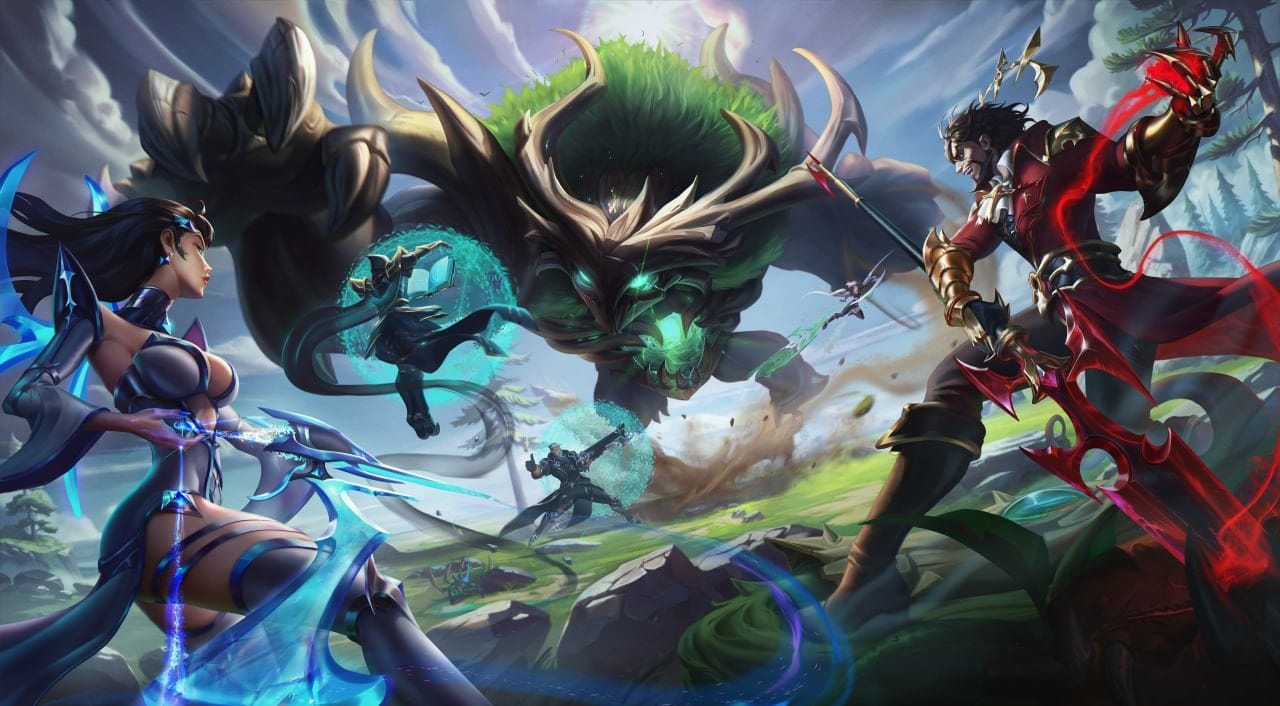
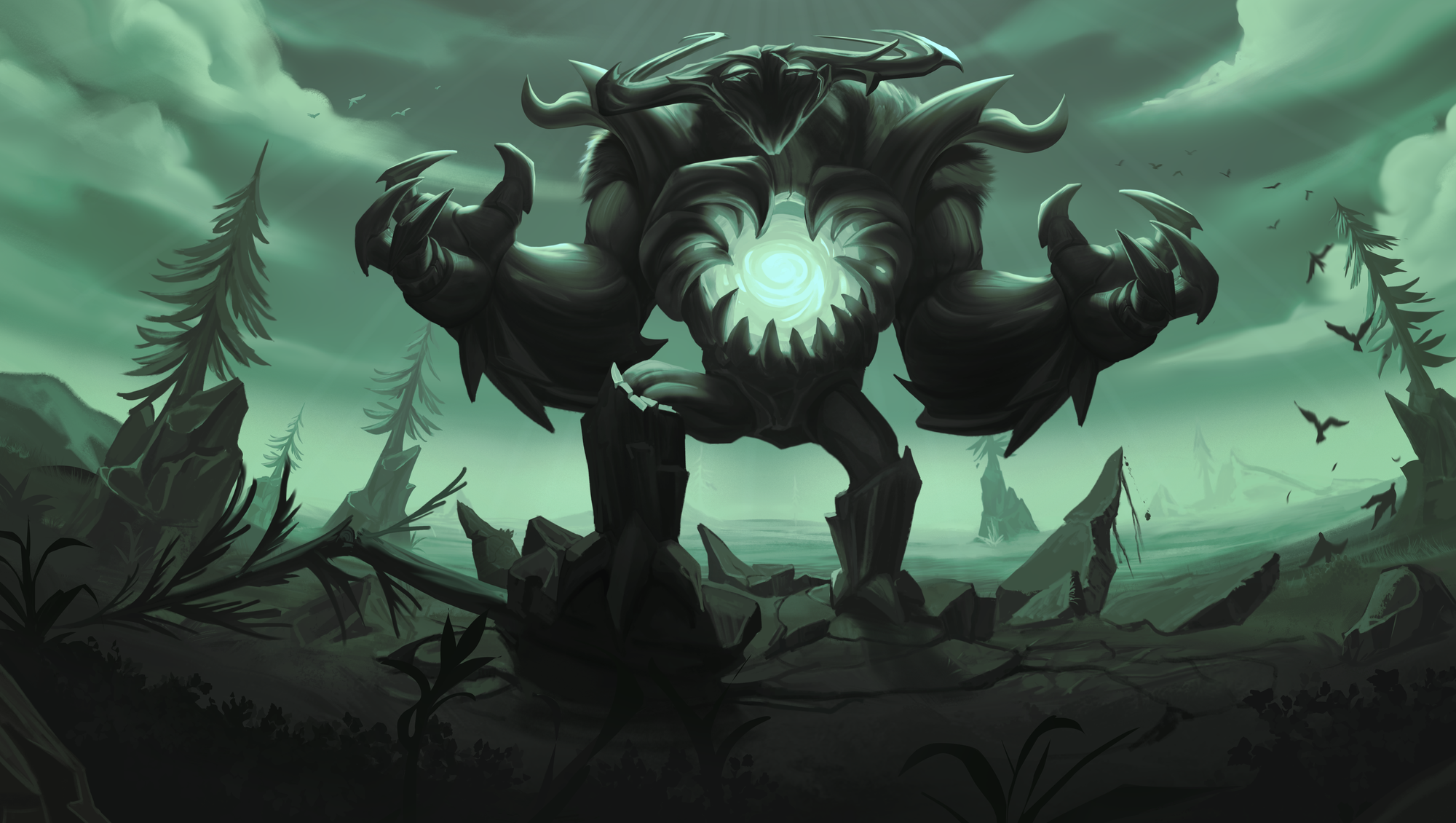
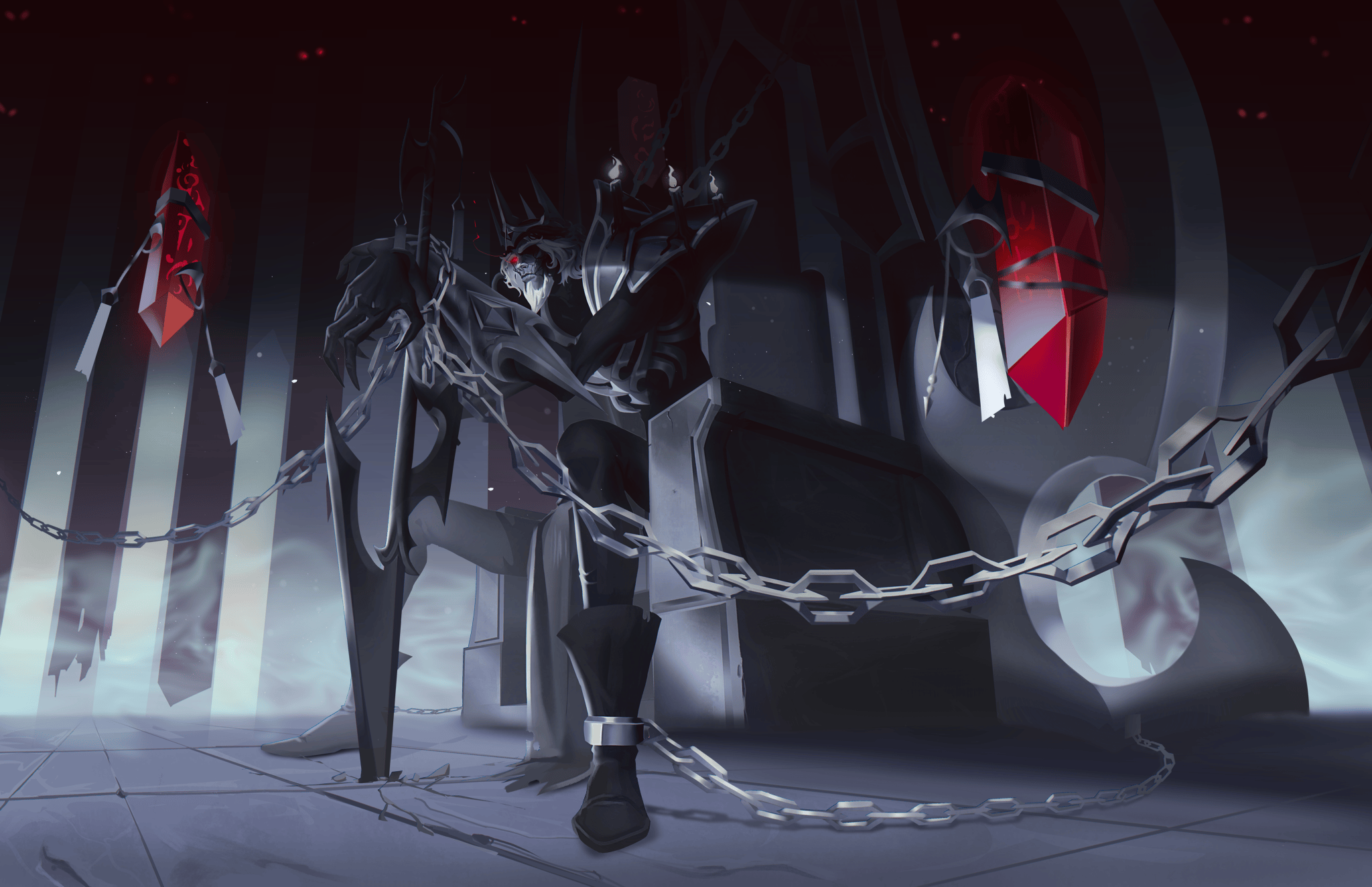
Beyond the dungeons lies an economy built to reward real players, not bots.
An Economy That Rewards Real Players
The marketplace is where you trade heroes, gear, shards, runes, potions, companions, and cosmetics. Every item you find or forge carries real in-game value because it is earned through progression, not random drops or inflationary tokens. The rarer the loot, the deeper the dungeon it came from.
Gems sit at the heart of it all. You earn them through daily challenges, tournaments, and leaderboard milestones. They form the backbone of the economy, a stable way to buy and trade without distorting rewards.
Even the 10 percent trade fee has a purpose. Instead of disappearing into a developer wallet, it cycles back into tournament prize pools, fueling the same competition that keeps players coming back.
And this is where Humanode comes in. The entire marketplace operates on Sybil-resistant verification through Biomapper, making sure every trade comes from one real, verified human. No farms. No scripts. No alts gaming the system. Just players competing through skill and time spent in the dungeon.
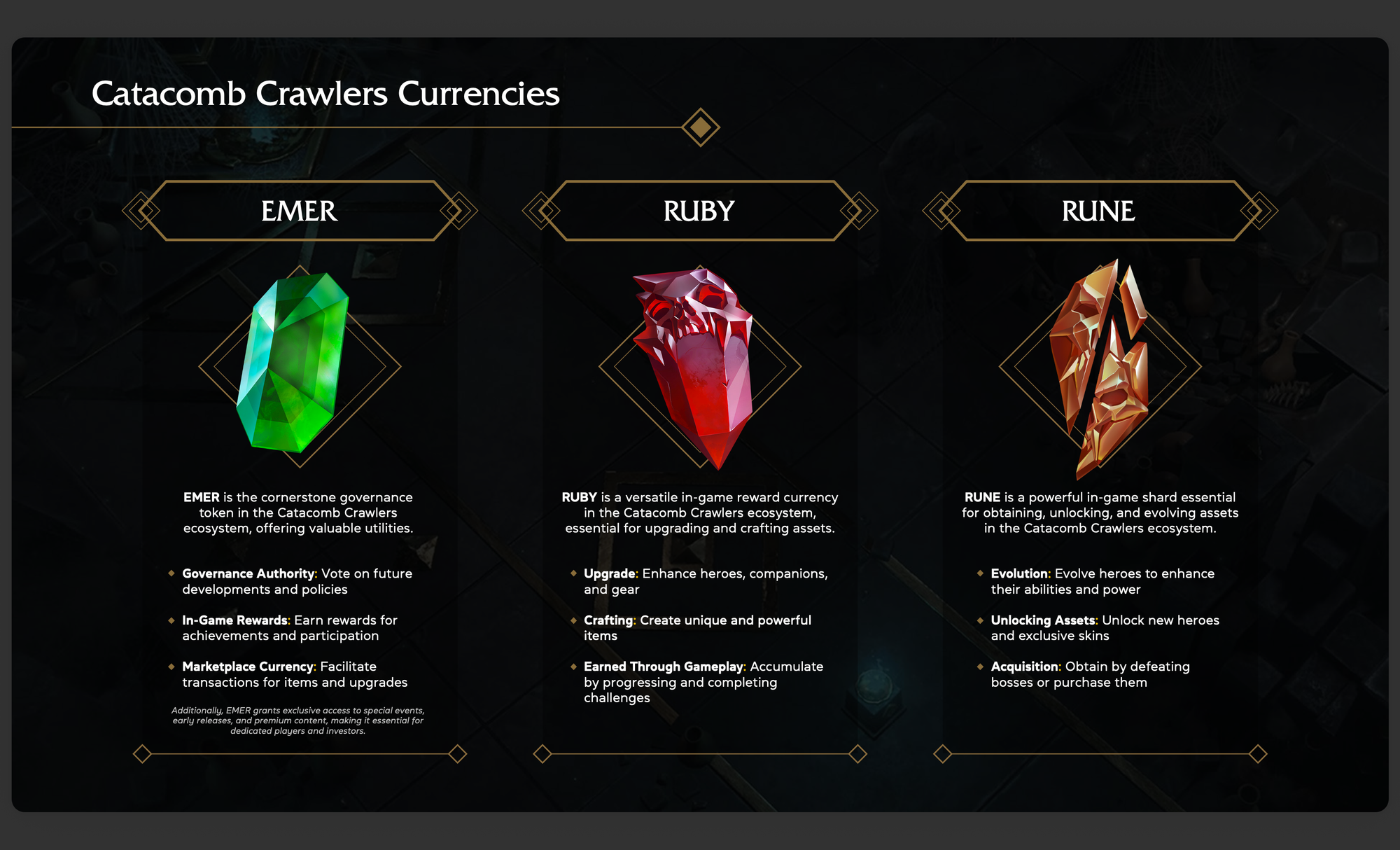
Tournaments and the Social Layer
The catacombs don’t end when you log off. Ongoing tournaments, daily quests, and seasonal challenges keep the loop alive, giving every player a reason to dive back in. The top 100 players earn exclusive rewards, while the rest of the community climbs through referrals, content challenges, and team missions that reward consistency as much as skill.
And the world’s only getting bigger. The team is already building 1v1 duels, 3v3 team fights, PvP tower defense modes, and even offline events to bring that same competitive rush into real-world gatherings. Together, it forms a living ecosystem, one that rewards participation, not just rank.
So why does it all matter?
Because most Web3 games forget what makes people play in the first place. They chase hype, token mechanics, and short-lived attention. Players join for rewards, not for the game itself, and they leave as soon as the incentives dry up.
Catacomb Crawlers takes the opposite route. It starts with gameplay that holds on its own, built by a team that has already delivered titles people grew up with. It adds fair competition and real ownership through Humanode’s Sybil-resistant verification, so every player, every leaderboard, and every reward actually means something.
In a space where most games talk about the future, this one feels like it is already there.
Catacomb Crawlers Website
Whitelist for the Funding Round

